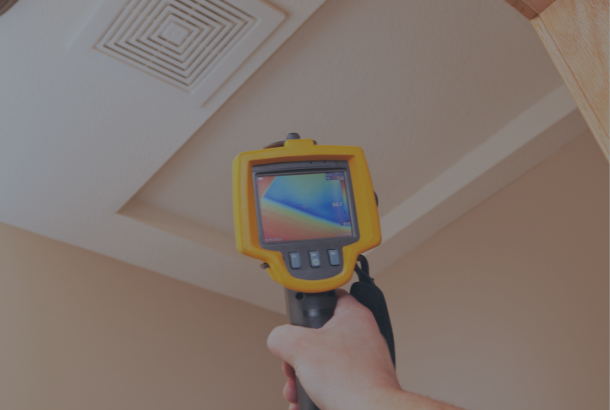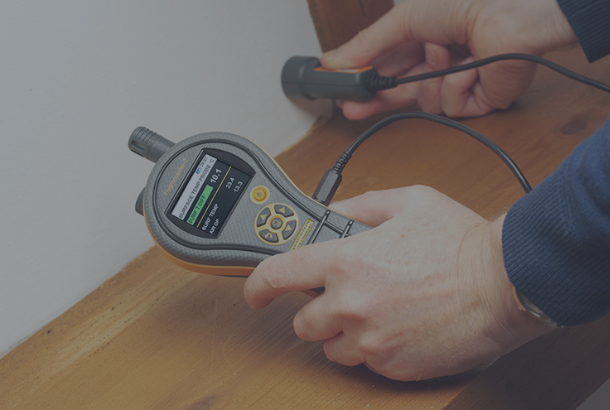24/7 EMERGENCY SERVICES
Water Damage Restoration DFW
Commercial & Residential Damage Cleanup and Repair

Contact your local DryGuard, serving:
Dallas, TX
DryGuard of Dallas/Dallas County
- Mon - Sun
- Open 24 Hours
817-757-6312
5 Star Service Guaranteed

Fire & Water Damage Restoration In DFW
Contact your local DryGuard, serving:
Dallas, TX
DryGuard of Dallas/Dallas County
- Mon - Sun
- Open 24 Hours
817-757-6312
5 Star Service Guaranteed

Fire, Water, Storm Damage Repair in Dallas, TX
Welcome to DryGuard Restoration, your trusted partner for rapid water damage solutions in Dallas, TX, and neighboring areas. We understand the diverse causes of water damage, from minor leaks to more severe issues like frozen or burst pipes. Rest assured, our IICRC certified technicians are equipped to handle any situation promptly and effectively.
At DryGuard Restoration, our priority is to prevent further damage and mitigate the risk of mold growth that could compromise your home's structure. With our swift response and expert care, your property is in safe hands. Don’t wait to address water damage—contact DryGuard Restoration today at (817) 757-6312 for immediate assistance.
Services We Offer
Water Damage
Fire Damage
Mold Remediation
Storm Damage
Services We Offer
Water Damage
Fire Damage
Mold Remediation
Storm Damage
Trustworthy and Reliable
Locally Owned and Operated
Available 24/7
Certified Technicians
How Much Does Water Damage Restoration Dallas Cost?
As experts in water damage restoration in Dallas, we're often asked "How much does water damage restoration cost?" We understand that as a home or business owner that has had the misfortune of suffering water damage, their first thought can certainly be around how much water restoration companies charge. Just like many home improvement, repair, or construction projects the unfortunate (but realistic) answer is "it depends." Even simple water damage to a structure can be quite complex for a variety of reasons.
Water is not always visible within building materials, can exist in very tight areas, and is often located within building cavities such as walls, ceilings, crawlspaces, behind cabinets, and other many areas that are undetectable to the eye. To further complicate the scenario building materials may appear to be be dry on the exterior while being saturated within the interior of the material. With all that being said, someone who has just experienced water damage isn't really interested in a lesson in water damage restoration.
They really just want to know: How much does water damage restoration cost? What is the best way to fix water damage? How long does it take to dry out water damage?
Why An IICRC Certified Restoration Contractor Matters
The most important step first step is identifying all affected materials and establishing a accurate perimeter of the affected area. To achieve this accurately, it is critical to have a trained and certified water damage technician perform the assessment using specialized equipment such as non-invasive moisture meters, infrared thermal imaging cameras, psychrometric readings, thermal hygrometers, and non contact infrared thermometers. An experienced water damage professional should understand how water travels through building materials utilizing the path of least resistance coupled with the specialized water damage assessment tools to accurately determine the scope of the affected areas.
IICRC Certified Restoration Firm Water Damage Assessment Tools

Slide title
Infrared Thermal Imaging
Button
Slide title
Non-Invasive Moisture Meter
Button
Slide title
Infrared Thermometer
Button
Once the damage has been thoroughly assessed, a better understanding of initial cost can be determined. Typically, an initial estimate can be provided once the assessment has been completed. At DryGuard, our goal is to provide as detailed of an inspection as possible without causing unnecessary additional damages. However, sometimes issues may exist that are not discovered during the initial assessment and may be found at a later time such as when a wall cavity is opened. Regardless, there are some key factors that influence the overall cost of water damage repair. Lets take a look at some of the key factors that influence the cost of water mitigation:
Factors Influencing Water Damage Cost
-
Extent of DamageItem Link List Item 1
The cost of restoration largely depends on the severity of the damage. Minor leaks or small puddles might only require drying and minimal repairs, whereas extensive flooding could necessitate major structural repairs and mold remediation.
-
Type of WaterItem Link List Item 2
Water damage is categorized into three types: clean water (from rain or pipes), gray water (from appliances like washing machines or dishwashers), and black water (sewage). Each category of water damage can become increasingly more expensive due to the increased risk of harmful contamination to materials and building occupants. For example, cleaning up black water is more complex and expensive due to health hazards and additional safety measures required when dealing with sewage.
-
Size of Affected AreaItem Link List Item 3
The square footage affected by water damage directly impacts the cost of restoration. Larger areas will require more equipment, manpower, and time to restore, thus increasing the overall cost.
-
Materials AffectedItem Link List Item 4
Water can damage various materials such as drywall, flooring, insulation, and furniture. The cost of restoration will vary depending on which materials need to be repaired or replaced.
-
Length of TimeItem Link
If water damage is not promptly addressed, mold can start to grow within 24-48 hours. Mold remediation adds another layer of cost to the restoration process, as it requires specialized equipment and techniques to safely remove mold and prevent its return.
-
LocationItem Link
Regional differences in labor costs, building codes, and availability of restoration services can also influence the overall cost. Urban areas or regions prone to natural disasters might have higher restoration costs due to increased demand.

